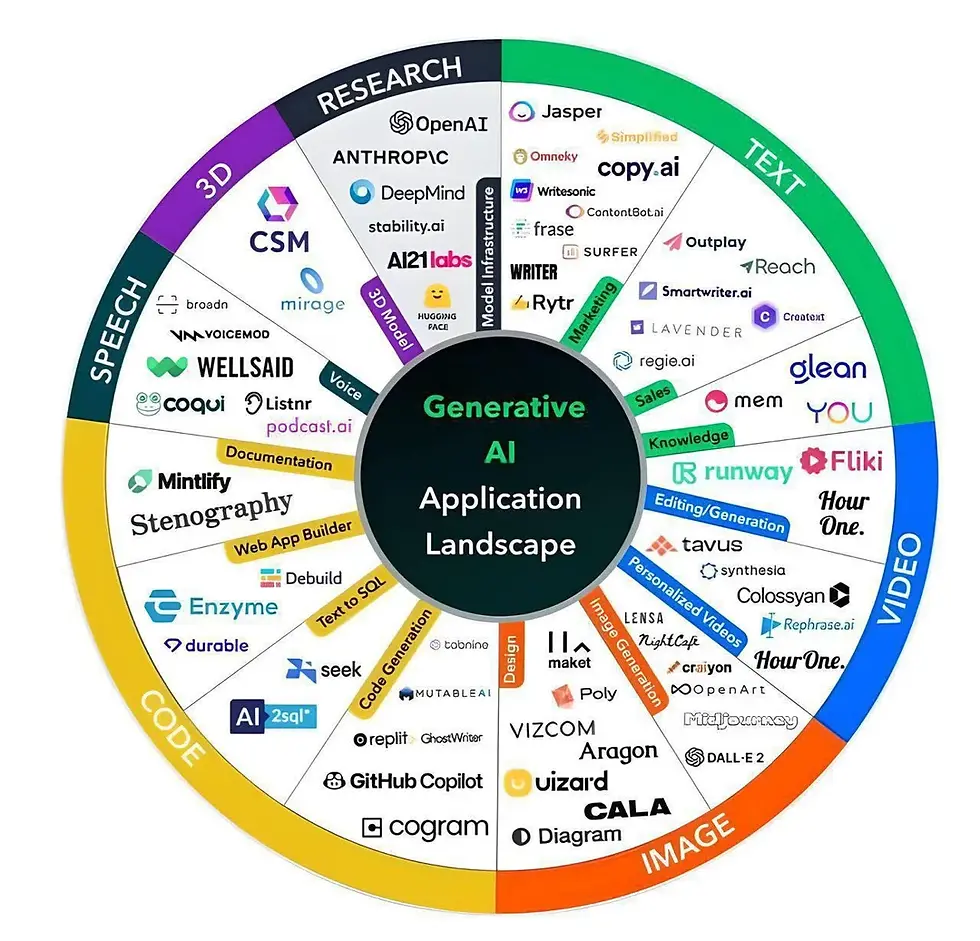Semantic Search vs. Vector Search: What’s Best for AI-Powered Knowledge Retrieval?
- Cameron Duncan

- Jun 1
- 4 min read
Introduction
In AI-powered knowledge systems, effective search is foundational. When users query vast document repositories, the system must quickly retrieve relevant information to generate accurate, context-aware responses. This is especially true in retrieval augmented generation (RAG), where external knowledge is combined with large language models (LLMs) to enhance output quality.
Two dominant search approaches underpin RAG today: vector search and semantic search. For IT leaders and AI champions tasked with deploying scalable, secure AI solutions, understanding these methods’ mechanics, trade-offs, and practical implications is critical.

What is Vector Search?
Vector search converts queries and documents into embeddings—high-dimensional numerical arrays representing semantic meaning mathematically.
A user query is transformed into an embedding vector.
The system compares this vector against a database of document embeddings using cosine similarity to find the closest matches.
Closest vectors correspond to the most semantically relevant text chunks.
Technical Considerations
Embeddings are generated by third-party models (e.g., OpenAI’s Ada).
Documents must be split into many small chunks, each embedded separately to maintain semantic granularity.
Searching involves calculating similarity scores across potentially millions of vectors in a multi-dimensional space.
Challenges with Vector Search
Chunk Size vs. Accuracy Trade-off: Smaller chunks improve embedding precision but exponentially increase embeddings, inflating storage and compute needs.
High Computational Cost: Vector similarity calculations are CPU-intensive, requiring powerful hardware to maintain acceptable latency.
Latency: Accurate vector searches can take minutes, unacceptable for real-time user interactions.
Infrastructure Complexity: Scaling vector search for concurrent users demands expensive CPUs and complex infrastructure, increasing operational overhead.
What is Semantic Search?
Semantic search uses statistical models and thesaurus-based relationships to understand the context and meaning behind queries and documents.
It leverages keyword matching enhanced by semantic relationships (e.g., “Bill Gates” linked to Microsoft, Melinda Gates, and related foundations).
Supported natively by major databases like PostgreSQL’s full-text search, which efficiently handles large datasets.
Advantages of Semantic Search
Speed: Returns results in seconds, even on tens of gigabytes of data. For example, PostgreSQL can retrieve 10MB of data in about one second.
Contextual Awareness: Supports wider context windows, allowing larger chunks of text to be searched effectively, improving relevance and reducing hallucinations.
Lower Infrastructure Requirements: Runs efficiently on standard hardware without specialized CPUs or GPUs.
Industry Adoption: Due to speed and accuracy, many organizations have shifted from vector to semantic search for RAG applications.
Comparing Accuracy and Speed
Vector search accuracy improves as chunk size decreases, but this increases embeddings, slows search, and raises infrastructure costs.
Semantic search provides highly accurate results with low latency by leveraging broader context and semantic relationships.
The industry trend favors semantic search for RAG because it balances speed, accuracy, and cost effectively.
Context Window and Chunking: The Balancing Act
Chunk size significantly impacts search accuracy and performance.
Vector Search: Requires smaller chunks for embedding precision, increasing chunk count and search complexity.
Semantic Search: Allows larger chunks, providing more context per search and improving relevance.
Hallian AI offers customizable chunking, enabling organizations to optimize payload size sent to the LLM, balancing:
Search accuracy
Token usage and cost
Infrastructure load
Applying Lean Principles to AI Search
Inspired by lean manufacturing, HallianAI applies a just-in-time information delivery approach:
Provide the AI model with only the most relevant data at the right time.
Avoid excess or irrelevant information that increases token costs and risks hallucinations.
This improves output quality, reduces operational costs, and enhances responsiveness.
“You want as much context as you need, but no more. It’s like just-in-time inventory, delivering the right information at the right moment.” - Cameron Duncan, Co-Founder Hallian Technologies
Why Hallian AI Prefers Semantic Search
Hallian AI’s architecture embraces semantic search because it:
Delivers fast, accurate results meeting real-time user expectations.
Supports wider context windows, improving AI relevance and reducing hallucinations.
Operates efficiently on existing infrastructure, avoiding costly hardware upgrades.
Enables cost-effective scaling with pay-per-token pricing and optimized chunking.
Choosing semantic search empowers IT leaders to deploy AI-powered knowledge systems that are performant, scalable, and secure.
How Hallian AI’s Search Works in Practice
HallianAI uses proprietary AI search technology combining semantic and vector search techniques to analyze uploaded documents and data. When a user asks a question:
The system pulls the top 10 most relevant results from the knowledge base, ensuring comprehensive and accurate answers.
Users can upload files into a private, confidential space called “My Files”, with up to 10 files at a time, each up to 25MB.
This allows users to chat with documents not included in existing assistants or workflows, keeping sensitive information local and secure.
Because Hallian AI is privately hosted on client infrastructure, data never leaves the firewall, ensuring compliance and security.
Conclusion
For IT managers and AI champions, semantic search offers a practical, scalable, and secure approach to AI-powered knowledge retrieval. While vector search aligns with how LLMs internally represent language, its latency and infrastructure demands limit real-time enterprise use.
HallianAI’s thoughtful use of semantic search, combined with customizable chunking and lean data delivery, ensures organizations can harness AI’s power without compromising performance, cost, or security.
If you’re ready to explore how HallianAI’s semantic search capabilities can integrate with your systems and accelerate your AI initiatives, let’s start a conversation.
About Hallian Technologies:
Secure, privately hosted AI assistants and workflows — built for AEC, manufacturing, and higher education organizations demanding enterprise-grade security, control, and collaboration.



